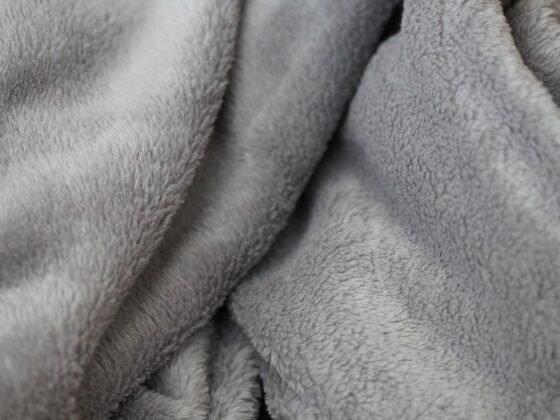Table of Contents Show
Keeping your home clean is one thing. But ensuring that pests are kept away from building hives and nests within your home’s physical structure is another.

Pest control professionals from https://www.24hpestpros.com/blog/natural-termite-control/ have given us their list of pest-infestation signs you need to watch out for.
Take a look at them below.
1. Click-Click-Clacking
A bit of termite hierarchy information here— soldier termites are responsible for alerting the colony about dangers and threats that surround them.
In the context of your home’s infestation, these soldiers tend to “bang” their heads against the wood to signal the troop to be on high alert. It’s also their means of “recruiting” other termites to join the force and stand guard. Eek!
These banging noises come across as more of tiny, clicking rackets behind wood panels, walls, pillars, headers, and the like.
A Tip: According to entomologists (scientists who specialize in insect-studies), termites are very sensitive to vibrations. Hence, their “affinity” towards rock music. They clamor and work faster with these beats!
It isn’t always a guarantee but if you are hunting for where the critters have built their abode, try playing some loud rock music. Once you recognize that termite-clicking sound, and if they’re persistent, it’s safe to say that it isn’t because of the wind.
Read Also:
2. Wood Blistering
Wood blisters are a kind of damage known as “swellings”. These swellings cause wood furnishings to appear uneven and are, thus, easy to spot. Looking for these wood blisters is among the most convenient and practical techniques in detecting areas of your home that carry termite swarms.
According to studies, these are a result of termites feeding on the wood itself. Additionally, this entails that said termites are probably a mere few millimeters beneath the blistered surface.
You can check if the blistering in your home is caused by moisture (water and water passageway damage) or termite feeding, through the presence of moisture. If the wood blister and its surrounding area are dry, then it’s definitely because of termites.
3. Wood Hollows and Mud Tubes
These variables are a little more difficult to pinpoint as they transpire within the wood’s interior. When termites consume portions of wooden panels and walls, aside from blistering, said structural frames incur “hollows”. Regions that have been chewed at and away.
Besides this, search for small mud tubes as well. Mud tubes have a diameter similar to that of a regular-sized pencil and are usually found along with locations that provide termites with food (i.e. gardens, trees, etc.).
They serve as a link between point A to point B— from their food source to their nesting ground. The latter, being your home.
4. Droppings and Wings
The next thing to pay attention to is called “evidences of termite swarms”. Pellet droppings on and termite wings are the culprits here. They consistently accumulate even after habitually cleaning them up.
Termites purposely twist their wings off whenever they identify a new place to call home (within your home, of course). They do so as an indication that they are ready to start a new colony and “settle in”.










